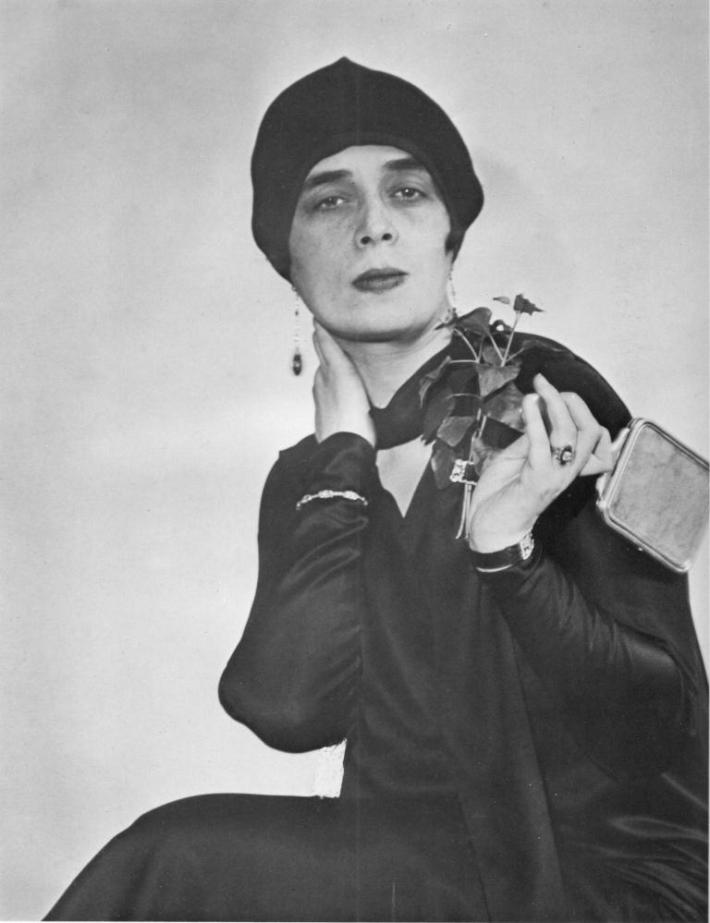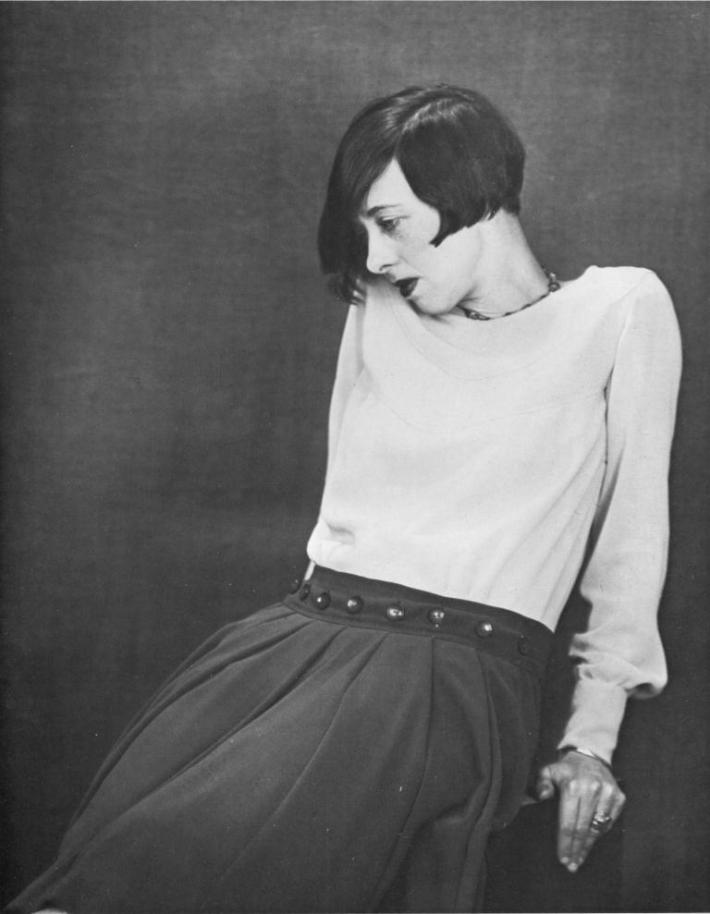What is visible in a portrait?
posted by Tony Whitfield
from http://strangeflowers.wordpress.com/2012/03/22/berenice-abbott-portraits/
This course explores the ways in which objects and material culture embody personal narrative. Moving back and forth from ephemeral traces of events and experiences to the culturally invested luxury goods that create legacy to the objects that facilitate daily life, this class will use, as its primary references, examples that draw from queer and African American cultures to underscore the potential of objects to tell the stories that not only reflect majority traditions and experiences but those of the disenfranchised, the details of whose lives are often obscured. In addition to readings that will provide background for class discussion, student will be asked to play the roles of detectives, archeologists, and curators at various sites around New York City. Each student will also be asked to create an annotated material record that reveals the public and private lives of one individual. That record may consist of texts, objects or any variety of media chosen or designed by the student. This blogs serves as an archive for the work done in the context of this course and related materials that become relevant to this exploration.













No comments:
Post a Comment